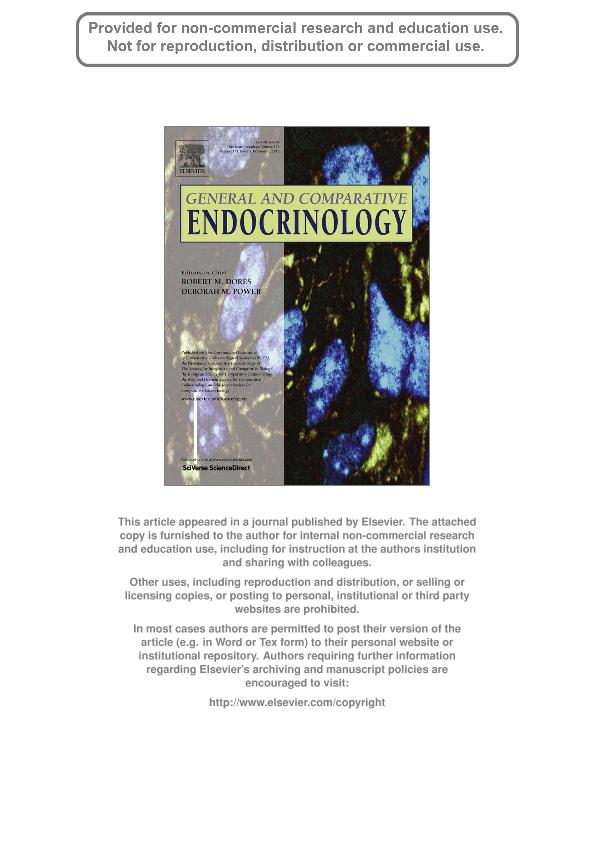Artículo
Corticosterone and pace of life in two life-history ecotypes of the garter snake thamnophis elegans
Fecha de publicación:
02/2012
Editorial:
Academic Press Inc Elsevier Science
Revista:
General and Comparative Endocrinology
ISSN:
0016-6480
Idioma:
Inglés
Tipo de recurso:
Artículo publicado
Clasificación temática:
Resumen
Glucocorticoids are main candidates for mediating life-history trade-offs by regulating the balance between current reproduction and survival. It has been proposed that slow-living organisms should show higher stress-induced glucocorticoid levels that favor self-maintenance rather than current reproduction when compared to fast-living organisms. We tested this hypothesis in replicate populations of two ecotypes of the garter snake (Thamnophis elegans) that exhibit slow and fast pace of life strategies. We subjected free-ranging snakes to a capture-restraint protocol and compared the stress-induced corticosterone levels between slow- and fast-living snakes. We also used a five-year dataset to assess whether baseline corticosterone levels followed the same pattern as stress-induced levels in relation to pace of life. In accordance with the hypothesis, slow-living snakes showed higher stress-induced corticosterone levels than fast-living snakes. Baseline corticosterone levels showed a similar pattern with ecotype, although differences depended on the year of study. Overall, however, levels of glucocorticoids are higher in slow-living than fast-living snakes, which should favor self-maintenance and survival at the expense of current reproduction. The results of the present study are the first to relate glucocorticoid levels and pace of life in a reptilian system and contribute to our understanding of the physiological mechanisms involved in life-history evolution.
Palabras clave:
Corticosterone
,
Life-History
,
Physiological Mechanism
,
Reptile
,
Stress
,
Trade-Off
Archivos asociados
Licencia
Identificadores
Colecciones
Articulos(CCT-CENPAT)
Articulos de CTRO.CIENTIFICO TECNOL.CONICET - CENPAT
Articulos de CTRO.CIENTIFICO TECNOL.CONICET - CENPAT
Citación
Palacios, María Gabriela; Sparkman, Amanda M.; Bronikowski, Anne M.; Corticosterone and pace of life in two life-history ecotypes of the garter snake thamnophis elegans; Academic Press Inc Elsevier Science; General and Comparative Endocrinology; 175; 3; 2-2012; 443-448
Compartir
Altmétricas




